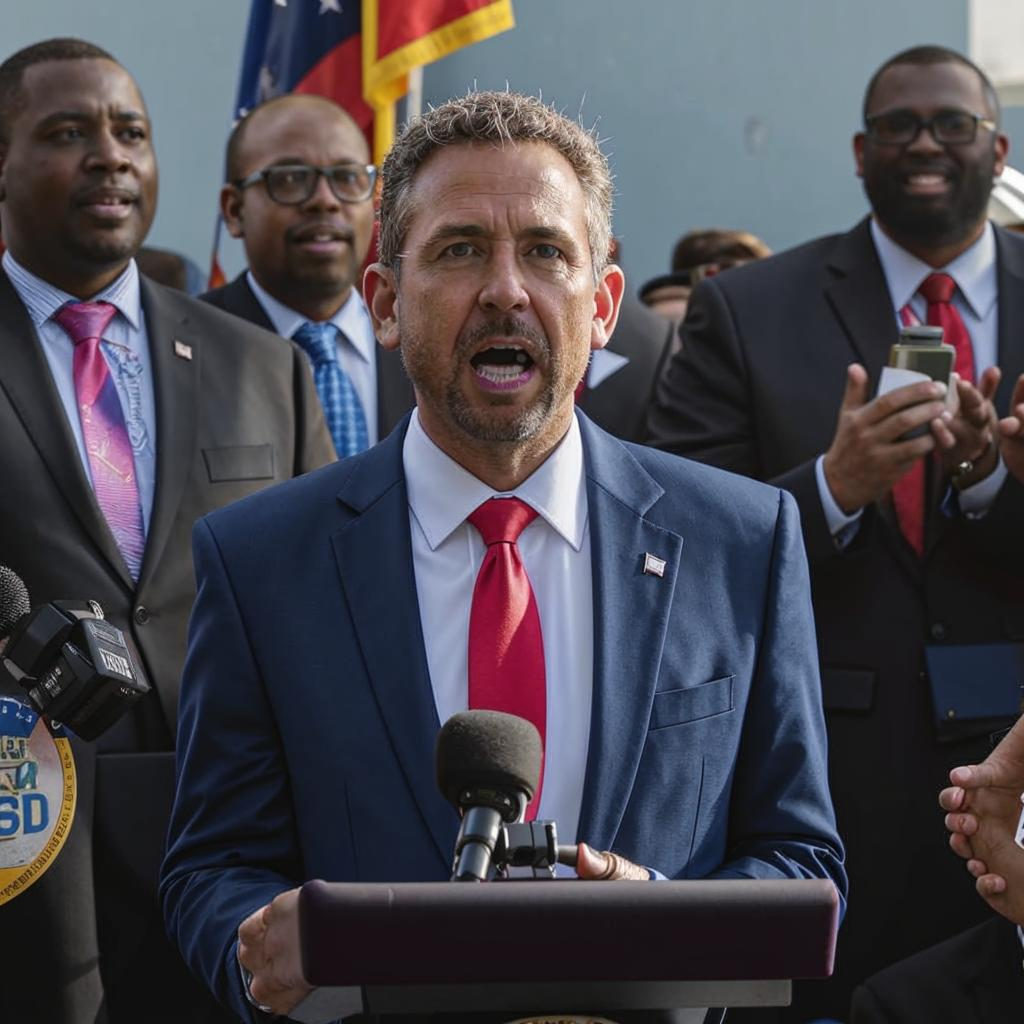Millions of Americans are bracing for student loan payments to restart after a long pause, a consequence of pandemic-era relief measures coming to an end. This resumption of payments poses a significant financial challenge for many, especially recent graduates and those with lower incomes. The average student loan debt is substantial, and the return to monthly payments will undoubtedly strain household budgets already stretched by inflation and rising costs of living.
The impact of this financial burden extends beyond individual borrowers. Economists worry that the restart of student loan payments could dampen consumer spending, potentially slowing down economic growth. Many borrowers may have to cut back on other expenses, further impacting businesses and the overall economy.
While the government has introduced some measures to ease the transition, such as income-driven repayment plans, concerns remain about their effectiveness and accessibility. Many borrowers are unaware of these options, and the application process can be complex.
The student debt crisis is a complex issue with far-reaching consequences, affecting individuals, families, and the broader economy. As payments resume, it is crucial for borrowers to understand their options and for policymakers to address the systemic challenges that contribute to this ongoing problem. The coming months will be a critical test of how well the nation can navigate this financial hurdle and support borrowers as they navigate the complexities of repayment.











